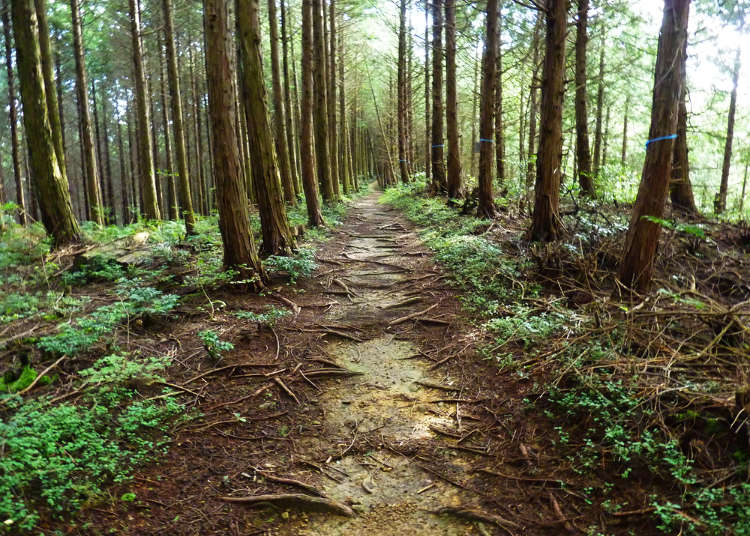
Unique places where you can truly experience a sense of Japan's history, are historical sites where shrines and temples once stood.
What are Shaji-ato and Kyu-keidai?
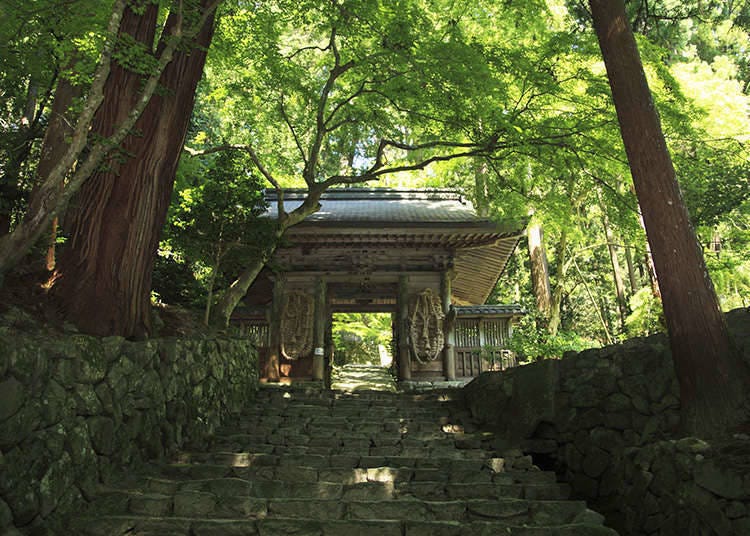
Shaji can mean shrine as well as temples. Keidai refers to the site that is under a shrine's or temple's administration. The remains of these buildings are called historical sites of shrines and temples (shaji-ato), and the place where temples used to exist are called the former precinct (kyu-keidai).
Ruined By Man-made Disasters
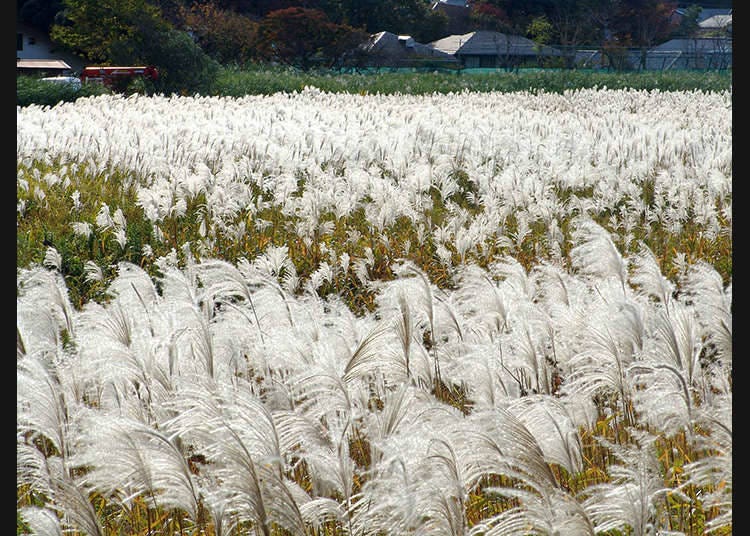
One of the reasons why shrines and temples fell to ruin are accidents. In many cases, the buildings were burned down by fire. Yofuku-ji Temple in Kamakura City in Kanagawa is now a field covered with Japanese silver grass.
Ruined By Policies
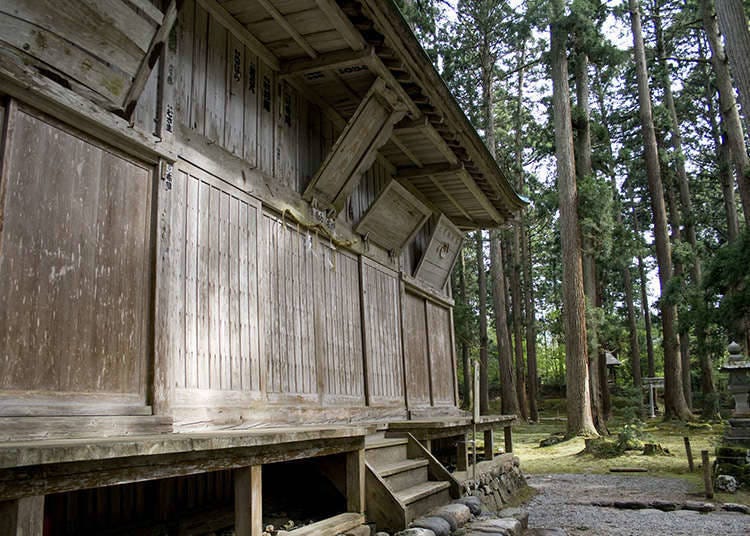
Many temples and shrines were destroyed as a result of an anti-Buddhist policy called haibutsu-kishaku that was adopted by the government as a part of its modernization push. The government's aim was to drive out Buddhism, which originally had come from abroad, and to adopt Shinto as the national religion. People were also deprived of property and status relating to Buddhism.
Ruined By Uprisings
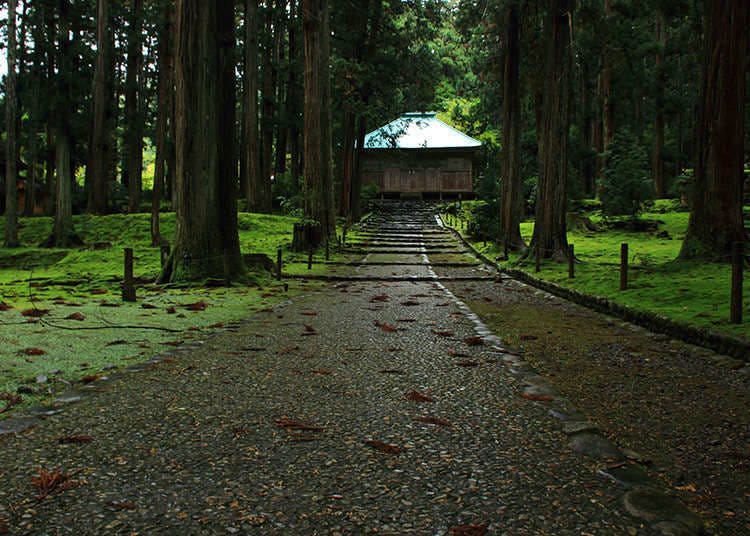
During the centuries, many buildings were destroyed in the wake of uprisings against those in power. In the Warring States period, a Buddhist sect called Ikko-ikki rose up against the feudal lords and it is believed that many a religious building fell victim to these riots.
The Significance of These Historical Sites
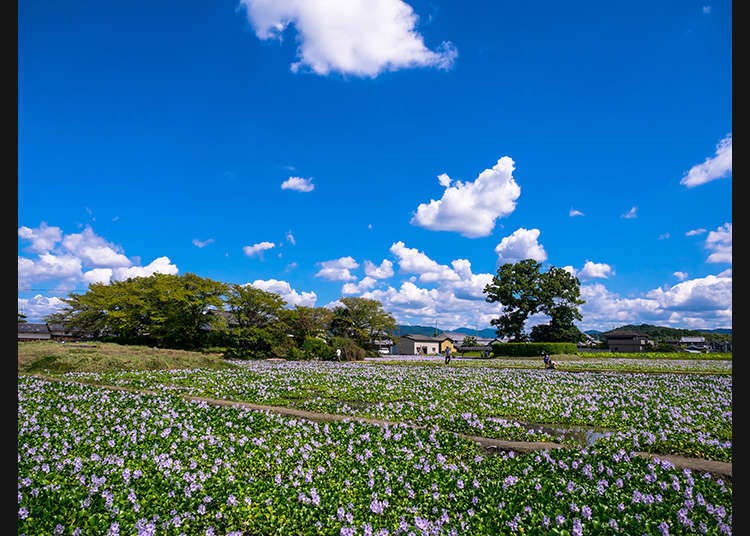
Sometimes, a blossoming field or a skyscraper-littered corner of a business district was once the site of a shrine or temple. With the proper background knowledge, the flow of time can be experienced very vividly at these former shrine and temple grounds!
- Category
*Prices and options mentioned are subject to change.
*Unless stated otherwise, all prices include tax.
Recommended places for you
-
Goods
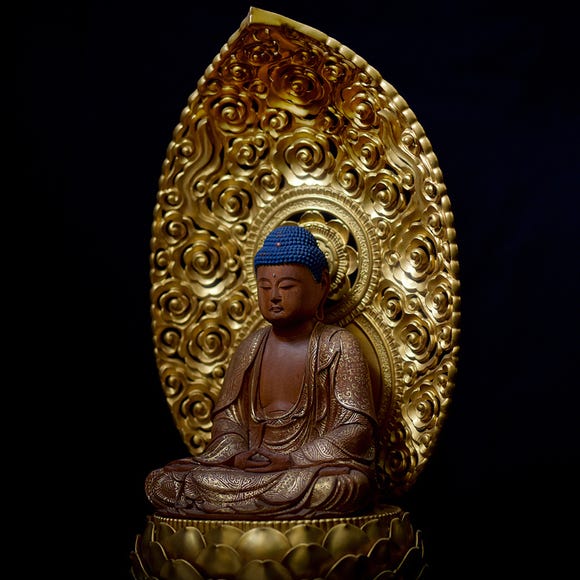
Yoshida Gennojo-Roho Kyoto Buddhist Altars
Gift Shops
Nijo Castle, Kyoto Imperial Palace
-

Kanzenkoshitsuyakinikutabehodai Gyugyu Paradise Sannomiya
Yakiniku
Kobe, Sannomiya, Kitano
-

Jukuseiniku-to Namamottsuarera Nikubaru Italian Nikutaria Sannomiya
Izakaya
Kobe, Sannomiya, Kitano
-

ISHIDAYA Hanare
Yakiniku
Kobe, Sannomiya, Kitano
-

Kambei Sannomiyahonten
Yakiniku
Kobe, Sannomiya, Kitano
-
Appealing

Rukku and Uohei
Izakaya
Sapporo / Chitose
-

Japanese hotel offering sports car touge tours, no Japanese-language ability required
-

Hachiji juppun mae – A Japanese phrase that even Japanese people can’t agree on the meaning of
-

Spray Your Shirt Cold?! Japan's Smartest Sweat-Fighting Hacks You Can Buy at Don Quijote
by: Chehui Peh
-

Stay Cool and Protected: Japanese UV & After-Sun Products You'll Love
by: Chehui Peh
-

Stay with Snorlax? Grand Hyatt Tokyo's Summer Pokémon Resort Experience Is the Ultimate Sleepover
-

'They Do What in the Toilet?!' Italians Shocked By These Japanese Beauty Quirks
by: Yuu Sato
-

Fine Japanese Dining in Kyoto! Top 3 Japanese Restaurants in Kiyamachi and Pontocho Geisha Districts
-

Atami 1-Day Itinerary: Exploring Japan's Castle & Hot Springs Resort Town Near Tokyo!
-

Sapporo New Chitose Airport (CTS): Complete Guide to Restaurants, Souvenirs, Shopping & More!
-

Visiting Tsutenkaku Tower: Osaka's Retro Icon in the Heart of Shinsekai
by: Guest Contributor
-

Tokyo Roppongi: 5 Most Amazing Spots at Roppongi Hills and How to Make the Best of Them!
-

Osaka Koreatown: In Search of the Best Eats in the Korean Roots of Osaka's Tsuruhashi Market
- #best sushi japan
- #what to do in odaiba
- #what to bring to japan
- #new years in tokyo
- #best ramen japan
- #what to buy in ameyoko
- #japanese nail trends
- #things to do japan
- #onsen tattoo friendly tokyo
- #daiso
- #best coffee japan
- #best japanese soft drinks
- #best yakiniku japan
- #japanese fashion culture
- #japanese convenience store snacks













